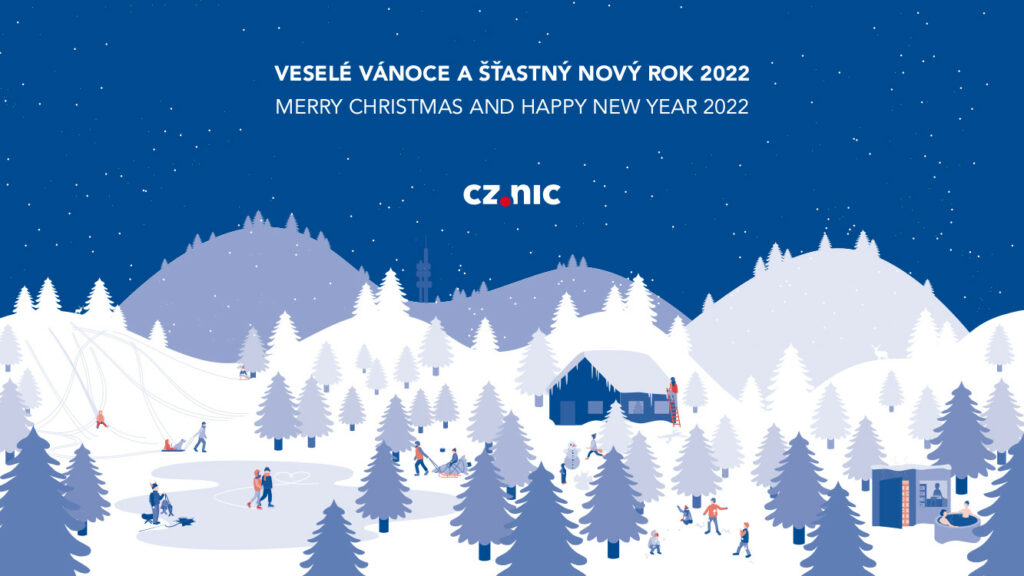All the work on multithreading shall be justified by performance improvements. This chapter tries to compare times reached by version 3.0-alpha0 and 2.0.8, showing some data and thinking about them.
BIRD is a fast, robust and memory-efficient routing daemon designed and implemented at the end of 20th century. We’re doing a significant amount of BIRD’s internal structure changes to make it run in multiple threads in parallel.
BIRD Journey to Threads. Chapter 3: Parallel execution and message passing.
Parallel execution in BIRD uses an underlying mechanism of dedicated IO loops and hierarchical locks. The original event scheduling module has been converted to do message passing in multithreaded environment. These mechanisms are crucial for understanding what happens inside BIRD and how its internal API changes.
BIRD is a fast, robust and memory-efficient routing daemon designed and implemented at the end of 20th century. We’re doing a significant amount of BIRD’s internal structure changes to make it run in multiple threads in parallel.
Merry Christmas and Happy New Year 2022
Dear readers of our blog,
thank you for your support and we wish you a Merry Christmas and a Happy New Year. We look forward to seeing you in 2022.
The CZ.NIC team
Report: Internet Measurement Day – Czech Republic
On Tuesday, December 14, 2021, an event called Internet Measurement Day – Czech Republic took place; it was organized for the Czech Internet community by ICANN and RIPE NCC in cooperation with the CZ.NIC Association.
New Statistics – What’s under the Hood?
CZ.NIC has quite a long tradition of acquiring, processing and publishing data about the operation of authoritative DNS servers, public resolver ODVR, CZ domain register and mojeID service. Whilst previous (and still active) web pages with statistics offered many graphs and extensive options for setting their parameters, they tended to evoke the refrain from the popular Czech song by Zdeněk Svěrák and Jaroslav Uhlíř: “Statistics is boring, albeit having valuable data …”. One of very few positive outcomes of the covid pandemic was, thanks to the efforts of Johns Hopkins University and many other institutions, a considerably raised standard of statistical visualisations that our old statistics certainly don’t fulfil.
Survey results: DNS resolvers’ configuration
Contemporary DNS software is very complex. Vendors and development teams lack feedback about the features that are actually in use. Our survey aimed to obtain such information from users. The results are described in this article. Users and administrators of DNS resolvers from any vendor were invited to participate in this survey. This post follows the article “Survey: How do you configure DNS resolvers?”.
On October 25, we will try to turn off IPv6 transition technologies Teredo and 6to4
In 2018, in my article Phasing out IPv6 transition technologies, I brought information about the current development and use of Teredo and 6to4 technologies. In conclusion, I informed that Teredo prefix 2001::/32 is no longer promoted to foreign upstreams, but only within NIX.CZ and NIX.SK peering nodes, where global peers are active as well, so we did not limit the 6to4 technology due to certain traffic from abroad. In this blogpost, I will explain why we now want to turn off these two technologies.
Cyber Trouble: an educational game for children and adults
Do you enjoy playing Dobble? Do you know your way around digital technologies? Combine the pleasant with the useful and play our new game, which we called Cyber Trouble. You can download it in PDF, print it (ideally on heavier paper), cut it and start playing straight away.
BIRD Journey to Threads. Chapter 2: Asynchronous route export
Route export is a core algorithm of BIRD. This chapter covers how we are making this procedure multithreaded. Desired outcomes are mostly lower latency of route import, flap dampening and also faster route processing in large configurations with lots of export from one table.
Turris OS 5.2 has been released
In the newly released Turris OS 5.2 version, you can find Overview after logging in to web interface reForis. It provides you easily recognized status about the activated services for automatic updates, data collection, dynamic firewall, test for Internet connectivity, speed test using Netmetr.cz, and added list of OpenVPN clients to any OpenVPN servers. Based on the community feedback, we prepared for you the requested missing features in reForis. Since this release, you can see the Storage tab, the possibility of doing a factory reset from the UI and adding a registration token to use Honeypot as a Service. Some of these features were missing from an old web interface or from the previous major version of Turris OS.
